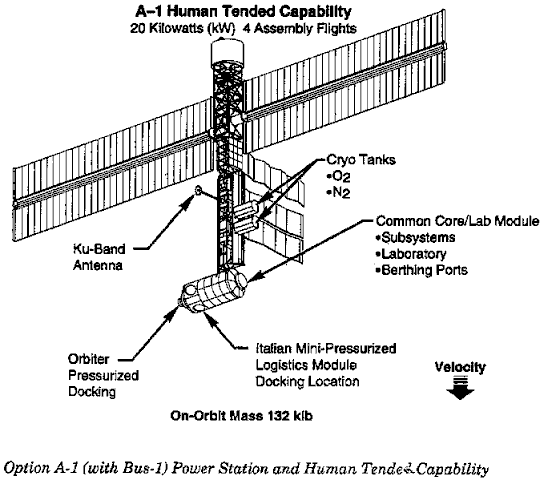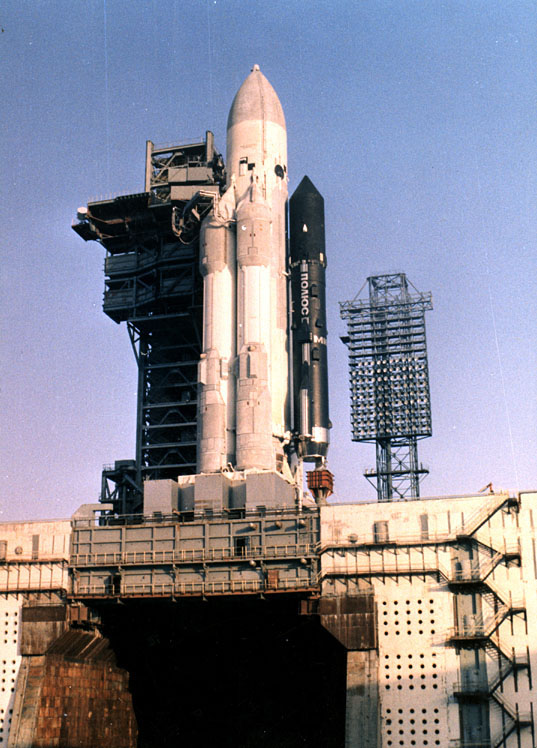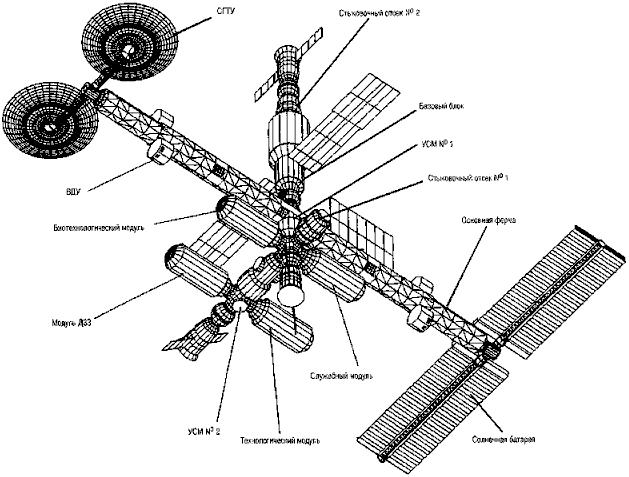So, let's assume that the USSR survives the 80s and 90s. There are reforms, there are hardships (though the economy never tanks as bad as Russia's did in OTL's 90s) and the rivalry with the US continues (though changing as circumstances evolve).
What might the Soviets do with their space program (assume the space program continues to receive similar levels of funding as our USSR did pre-collapse)? And how might the US space program change if there is a rival doing stuff in space in the 90s and 00s?
I've always been particularly curious what the USSR would end up using the Energia rocket for - would it fall by the wayside as being too big to be used efficiently? If it were used, what is it likely to be used for? I would assume it would be used to launch space stations and Mars missions - possibly Lunar missions, though I am not aware of any pre-collapse discussions of Lunar missions for Energia. I would also assume that the reason Energia was designed - to support the Soviet answer to Star Wars - would never come to pass for the same reasons that the US never made Star Wars come to pass - i.e., that space weapons platforms were simply impractical and too expensive for either superpower to support.
And I am curious what the US program would look like with continuing "competition" - OTL NASA was at the forefront of the post-cold war efforts to reach an accommodation with Russia (and efforts to keep former Soviet scientists from going and working for Iran and North Korea by keeping them employed at home). Would the lack of such a drive for international cooperation significantly change the direction of the US space program? Would the Soviets launching Energia-sized space stations, Lunar missions or Mars missions stimulate Congress into giving NASA more ambitious goals (and funding)?
What do people think?
fasquardon
What might the Soviets do with their space program (assume the space program continues to receive similar levels of funding as our USSR did pre-collapse)? And how might the US space program change if there is a rival doing stuff in space in the 90s and 00s?
I've always been particularly curious what the USSR would end up using the Energia rocket for - would it fall by the wayside as being too big to be used efficiently? If it were used, what is it likely to be used for? I would assume it would be used to launch space stations and Mars missions - possibly Lunar missions, though I am not aware of any pre-collapse discussions of Lunar missions for Energia. I would also assume that the reason Energia was designed - to support the Soviet answer to Star Wars - would never come to pass for the same reasons that the US never made Star Wars come to pass - i.e., that space weapons platforms were simply impractical and too expensive for either superpower to support.
And I am curious what the US program would look like with continuing "competition" - OTL NASA was at the forefront of the post-cold war efforts to reach an accommodation with Russia (and efforts to keep former Soviet scientists from going and working for Iran and North Korea by keeping them employed at home). Would the lack of such a drive for international cooperation significantly change the direction of the US space program? Would the Soviets launching Energia-sized space stations, Lunar missions or Mars missions stimulate Congress into giving NASA more ambitious goals (and funding)?
What do people think?
fasquardon


